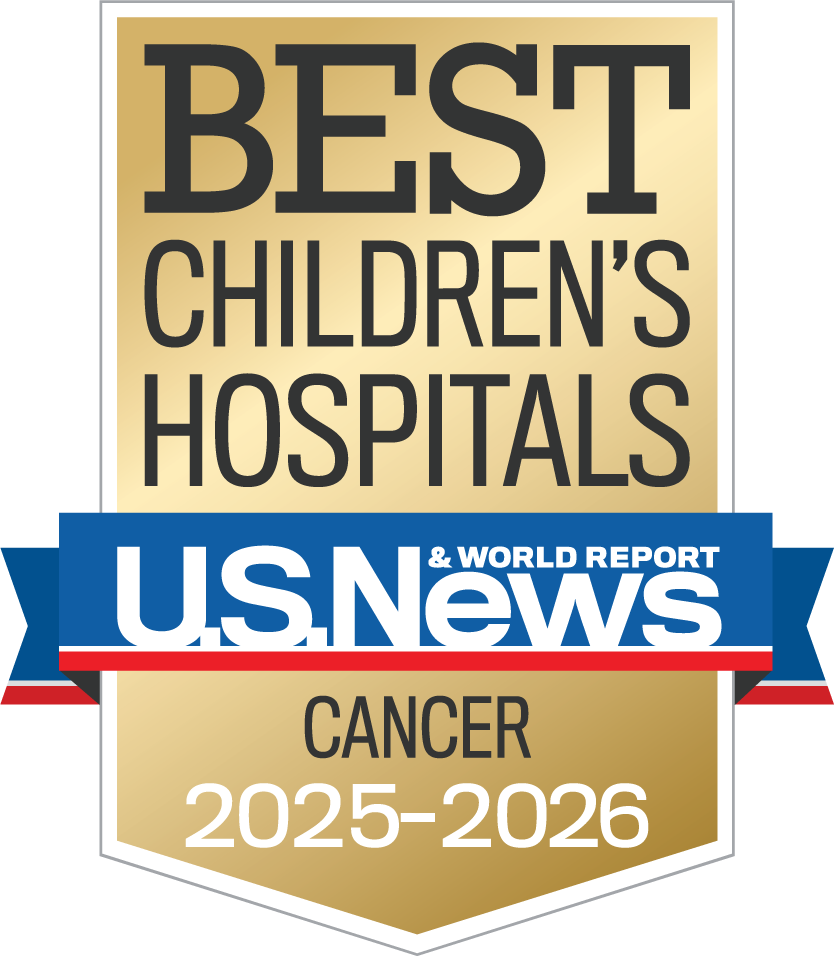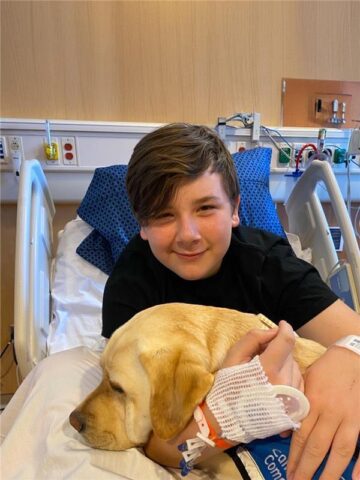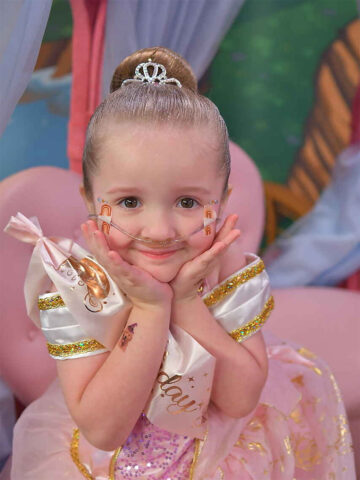Two months after their son Ricky was born on Dec. 6, 2012, Richard Alcedo and his wife, Wendy, noticed he was getting small bumps on his face.
They took him to several doctors until a dermatologist did a skin test, diagnosing him with JXG (juvenile xanthogranuloma), an extremely rare disease that even in its common form affects only one in 1 million children, typically those 10 or younger.
One physician they consulted gave Alcedo a puzzled look after examining Ricky.
“This is new,” she said, reaching for her iPhone to look up information on the illness afflicting Ricky.
Alcedo knew that moment that he needed to take Ricky to another hospital—one with specialists highly trained in diagnosing and treating rare diseases like JXG, which acts like a cancer and responds to chemotherapy but technically is not a cancer.
“We ended up at CHOC where they had specialists who understood Ricky’s diagnosis,“ said Alcedo,“ and we knew immediately Ricky was in the right hands.”
Recognizing the rarest cases
Lilibeth Torno, M.D., clinical director of pediatric outpatient services and head of ambulatory care services at The Hyundai Cancer Institute at CHOC, examined Ricky.
She observed the brownish rash on his face and his distended stomach, confirmed that his liver and spleen were enlarged, and ordered MRI and ultrasound tests— something no other physician had done before.
The tests confirmed that Ricky not only had JXG, but systemic JXG—a rare form of the disease that afflicts only one in 10 million children. Dr. Torno started Ricky on mild chemotherapy.
JXG belongs to a group of illnesses called histiocytosis, which are associated with an excess of white blood cells that are supposed to fight infections, but for unknown reasons cluster together, forming bumps or lesions that attack different organs.
In systemic JXG, lesions are present in multiple organs. Without proper treatment, the disease is fatal.
A team in search of a cure
Dr. Torno is one of 10 physicians at the Cancer Institute who are immersed in such cutting-edge research as molecular and genetic profiling to find out what triggers such diseases as JXG—and what can be done to cure them.
“CHOC is best equipped to treat such a disease,” Dr. Torno said. “Our goal is to be able to do genetic and molecular profiling of patients to help us understand eventually how these things happen.”
The institute sees close to 200 new patients a year, and many of its specialists are disease-specific—for example, doctors assigned to a team for leukemia, and a team for brain tumors. The outpatient clinic provides comprehensive care for children undergoing chemotherapy, as well as those who have completed therapy.
Spreading the word
Dr. Torno says that Ricky is responding well to chemotherapy, which will continue through May 2014. Then he will be reassessed. JXG lesions sometimes can turn into tumors.
Although he and his family live just beyond the Orange County border, Alcedo had never heard of CHOC until Ricky’s godmother suggested he be treated there. Now Alcedo is determined to spread the word about the great care Ricky continues to receive.
To that end, the Alcedo family and Ricky participated in CHOC’s annual Walk in the Park at the Disneyland Resort. Their goal was to raise $10,000.
The Alcedo family is enjoying Ricky—and resting a little easier knowing he’s in the expert hands of top specialists at CHOC.
“He’s a happy baby,” Alcedo says. “He’s always smiling. The nurses have commented that they can’t believe he’s sick because he’s always smiling and happy.
“We are truly grateful for CHOC and everything they have done for us. Not only are they treating our son, but they are giving us peace of mind knowing that Ricky is in capable hands.”
Get more expert health advice delivered to your inbox monthly by subscribing to the KidsHealth newsletter here.

Learn more the Hyundai Cancer Center at CHOC
CHOC Hospital was named one of the nation’s best children’s hospitals by U.S. News & World Report in its 2025-26 Best Children’s Hospitals rankings and ranked in the oncology specialty.






